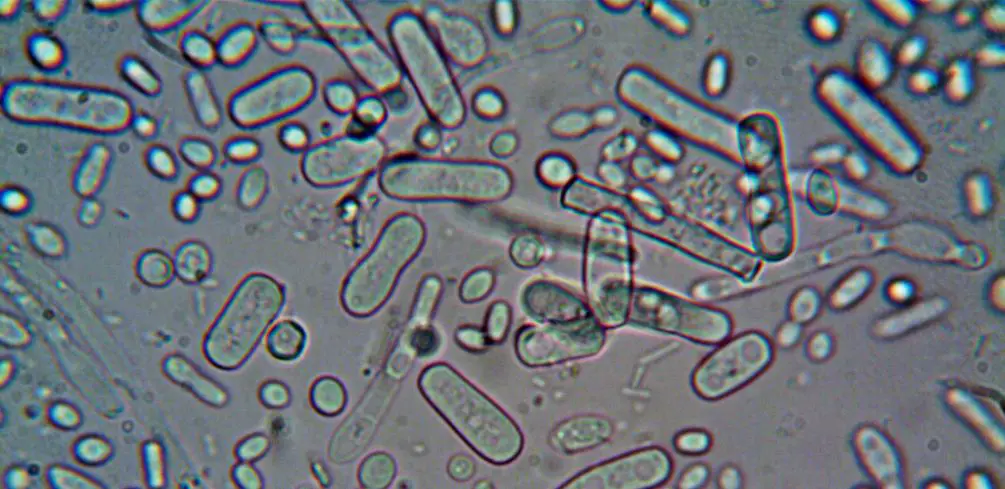Soil fertility
Nutrient availability, pH, and the role of microorganisms.

Fertilizers And Soil: Boosting Plant Growth and Garden Productivity
Fertilizers and soil are inextricably linked, as the former plays a crucial role in enriching the latter for optimal plant growth. Fertilizers provide essential nutrients that plants require for photosynthesis, respiration, and other metabolic processes. The use of fertilizers has been instrumental in increasing agricultural productivity and addressing food security challenges globally. However, excessive or […]
Read More
Microorganisms In Soil: The Tiny Powerhouses of Soil Health
Soil is a complex ecosystem that is teeming with life. While visible plants and animals may be the most obvious inhabitants, it is the microorganisms that play a vital role in maintaining soil health and overall ecosystem function. Microorganisms in soil are an incredibly diverse group of organisms that encompass bacteria, fungi, protozoa, and viruses. […]
Read More
Nutrient Availability In Soil: The Role of Organic Matter and Microbes
The availability of nutrients in the soil is a crucial factor that determines the growth and development of plants. Nutrient availability refers to the number of minerals and other essential elements present in the soil that can be taken up by plant roots for their metabolic processes. The study of nutrient availability in soil is […]
Read More
The Role Of Soil pH: Sustainable Practices for Soil pH Management
Soil pH has long been recognized as a critical factor in determining the health and productivity of plants. The pH level of soil plays an integral role in nutrient availability, microbial activity, and plant growth. Understanding the impact of soil pH on plant health is essential for crop management and environmental conservation. Soil pH refers […]
Read More
How to Determine Npk of Soil and Improve Your Garden!
Gardening is an activity often associated with a sense of belonging and accomplishment. While it can be difficult to determine the optimal nutrient levels in the soil for the optimal growth of plants, understanding the basics of soil nutrition can help improve the health and vibrancy of any garden. Nitrogen, phosphorus, and potassium, collectively known […]
Read More